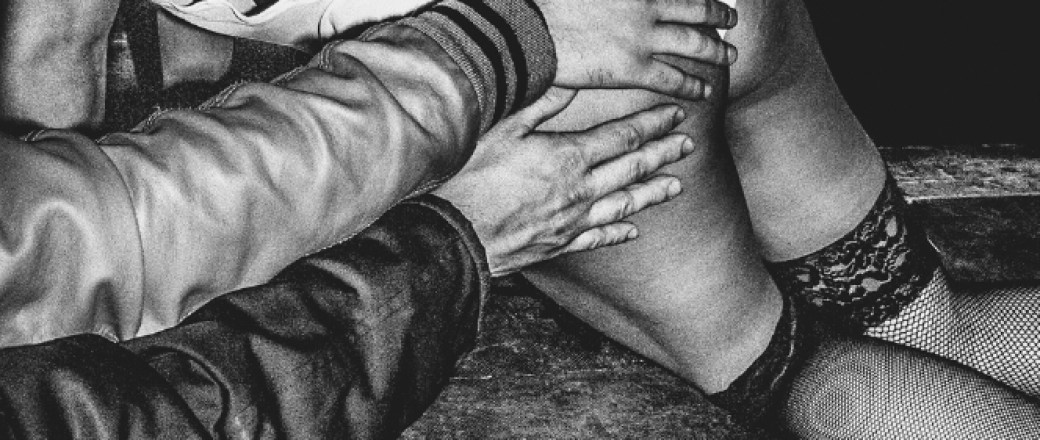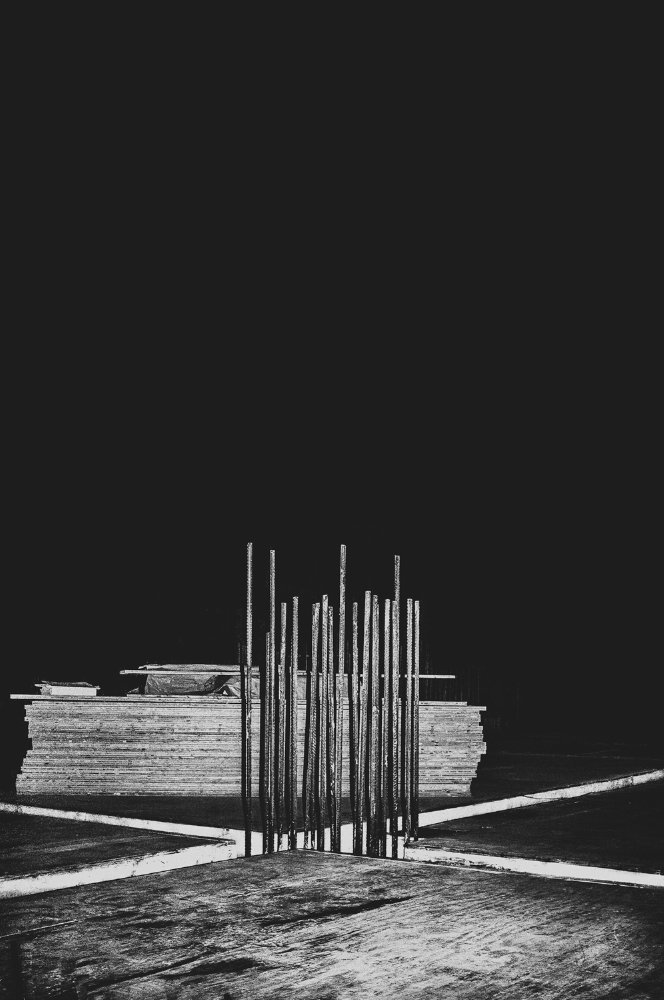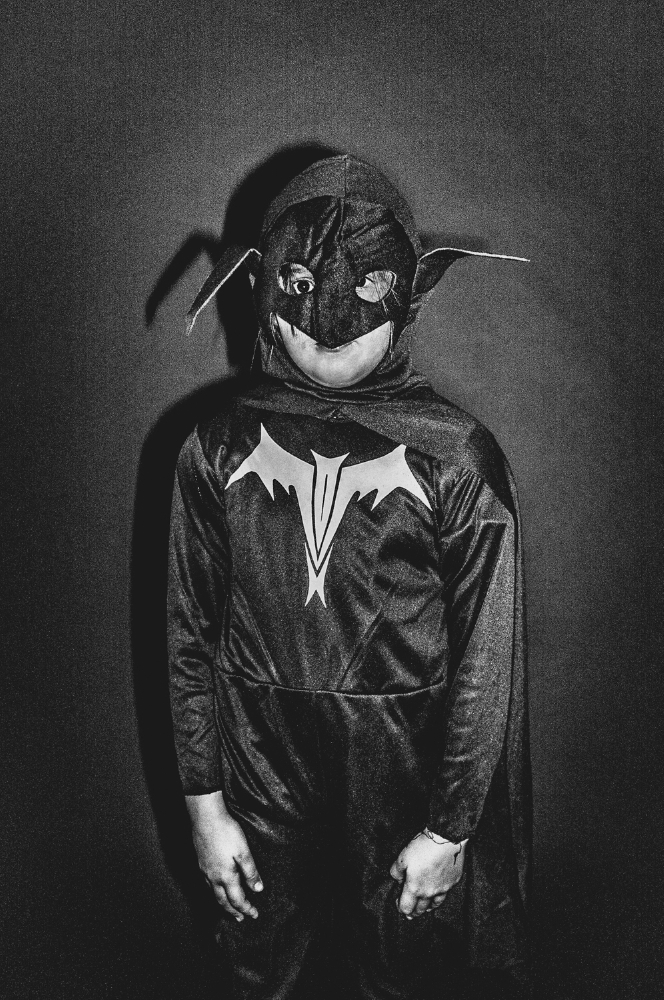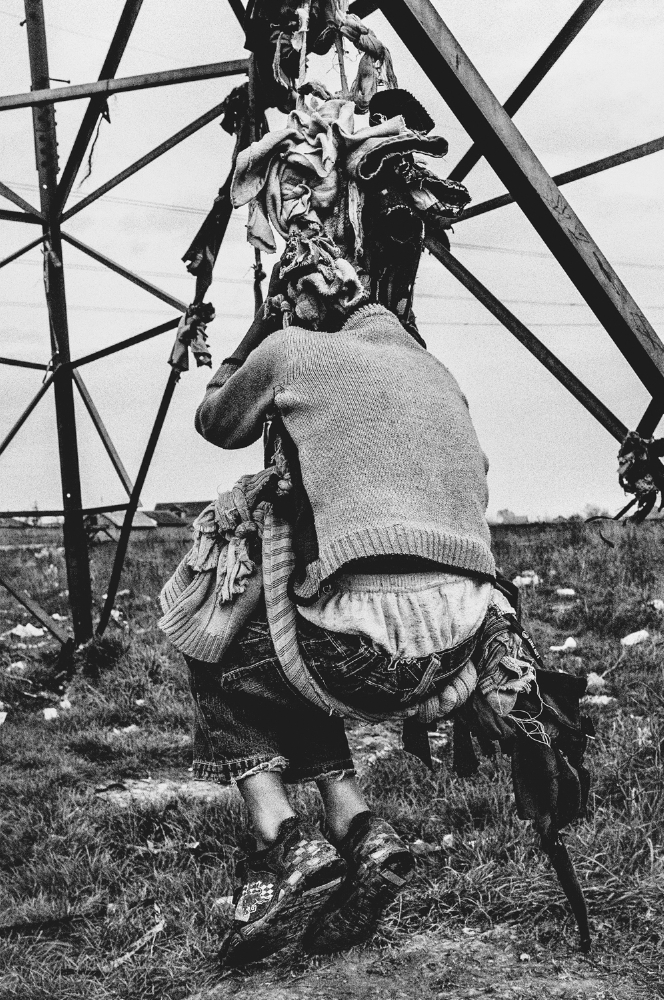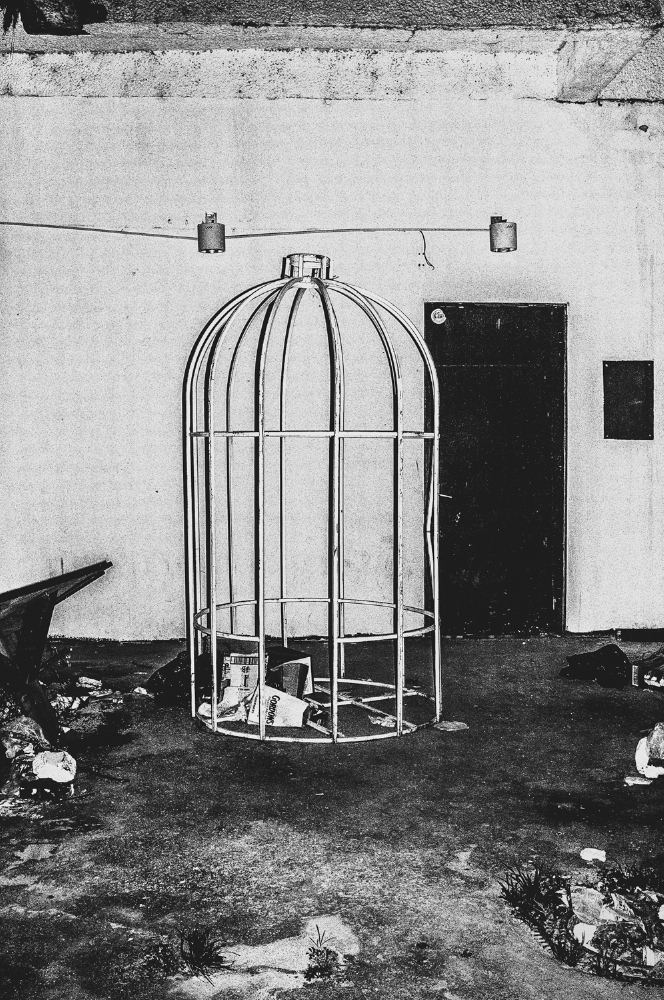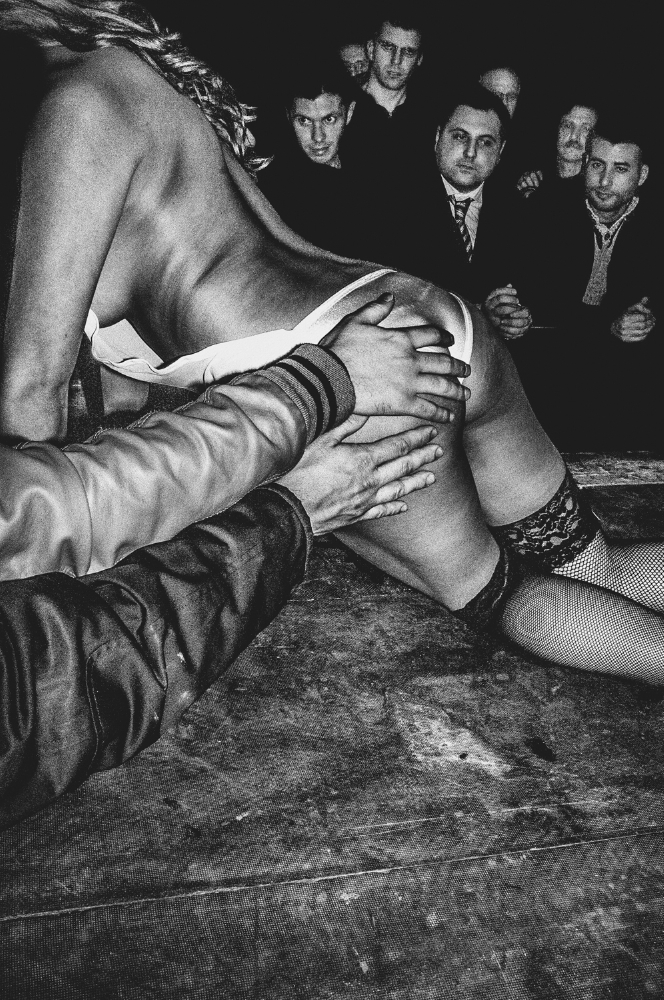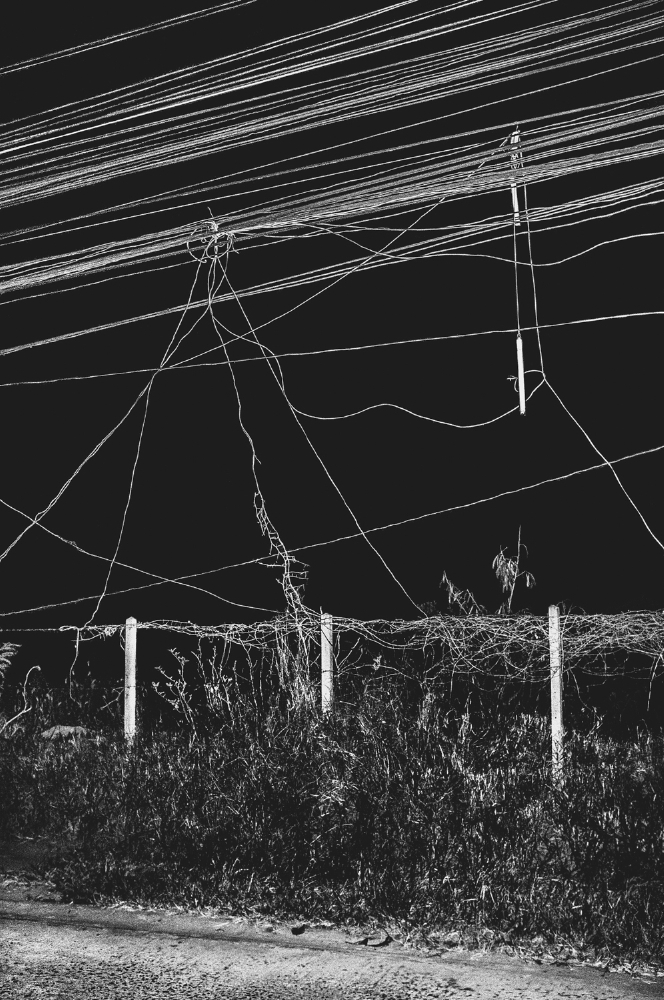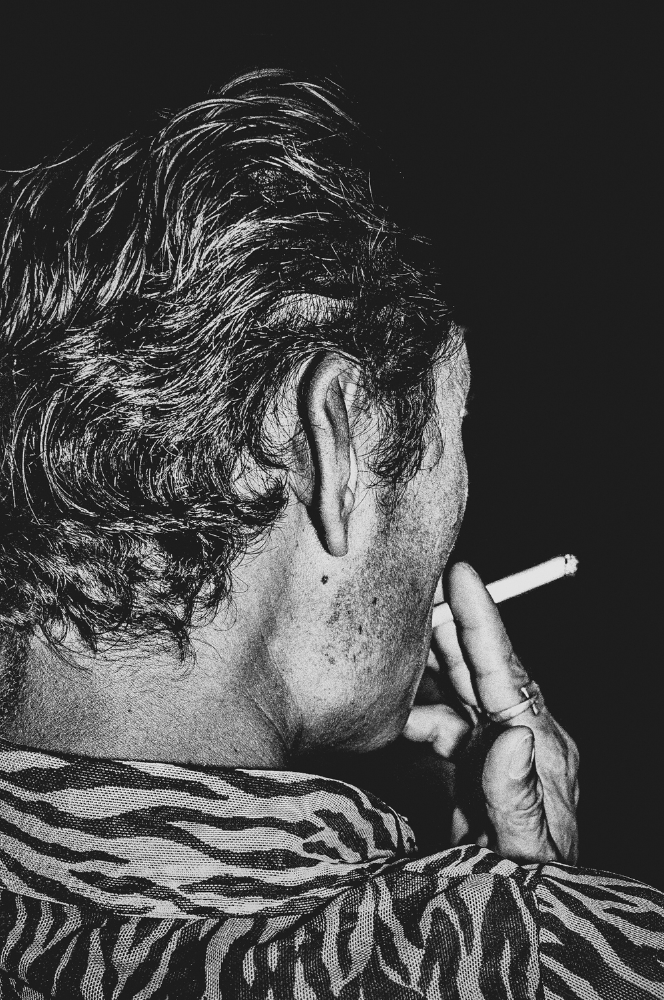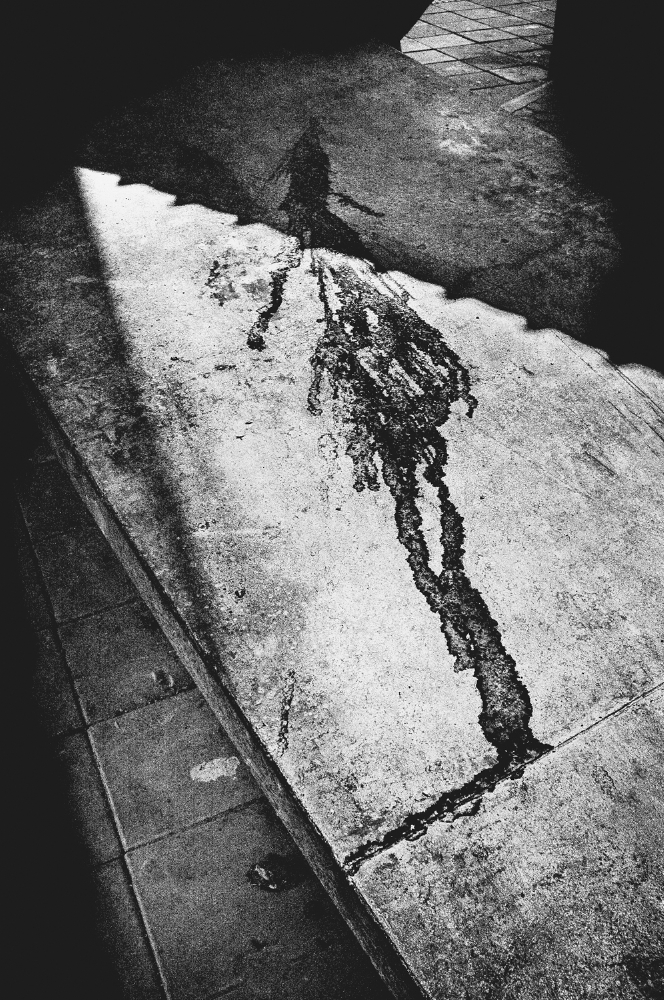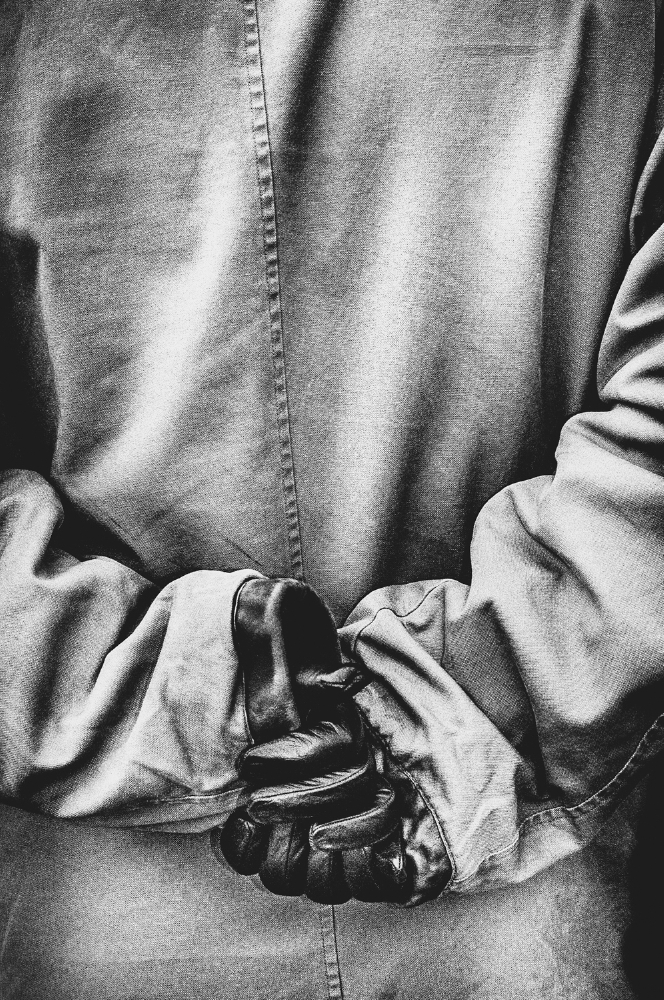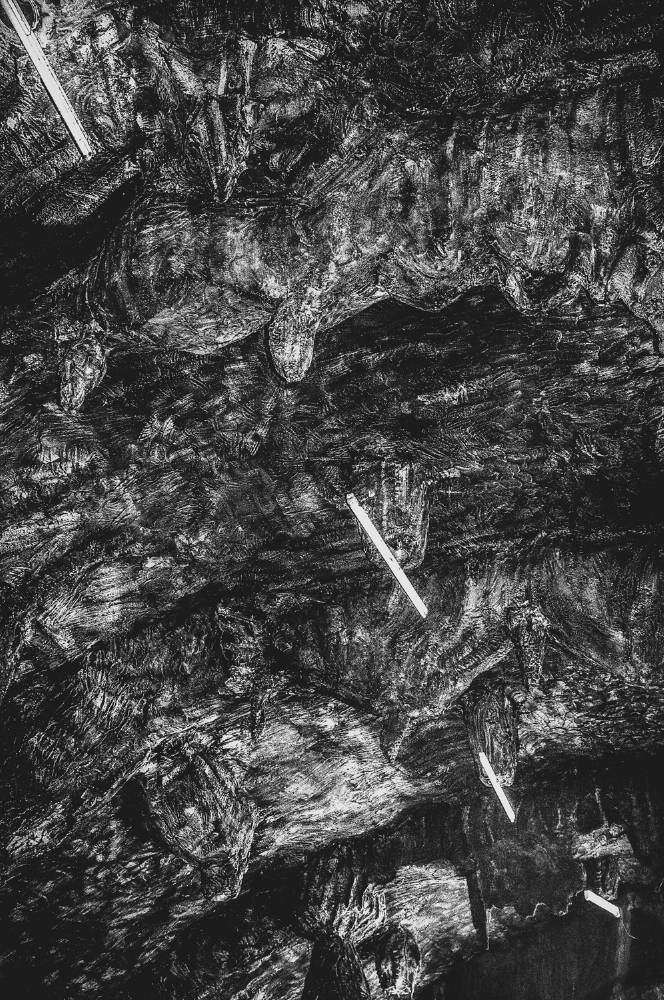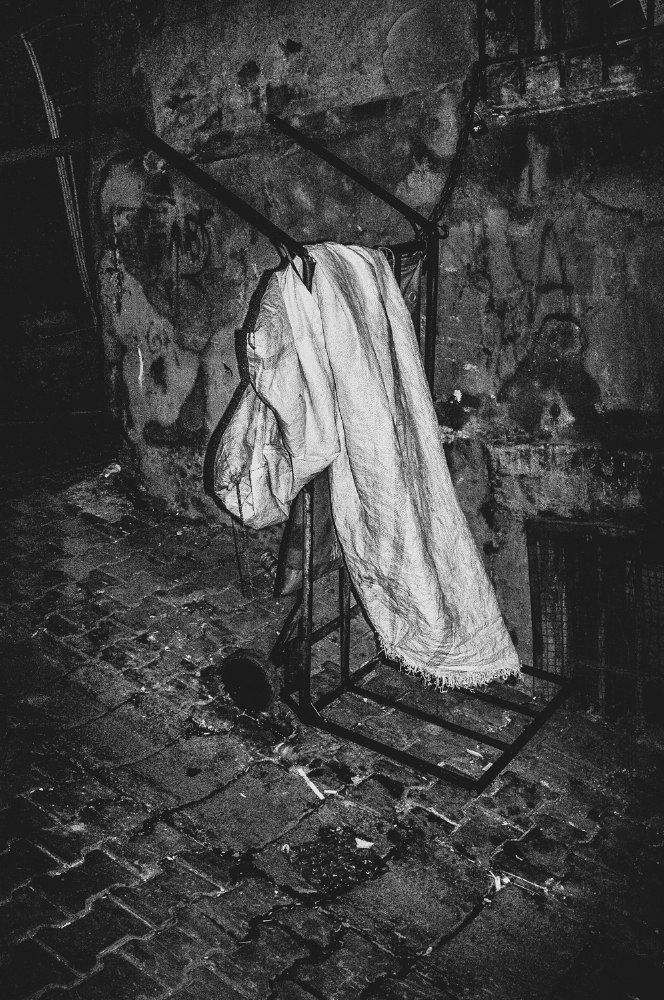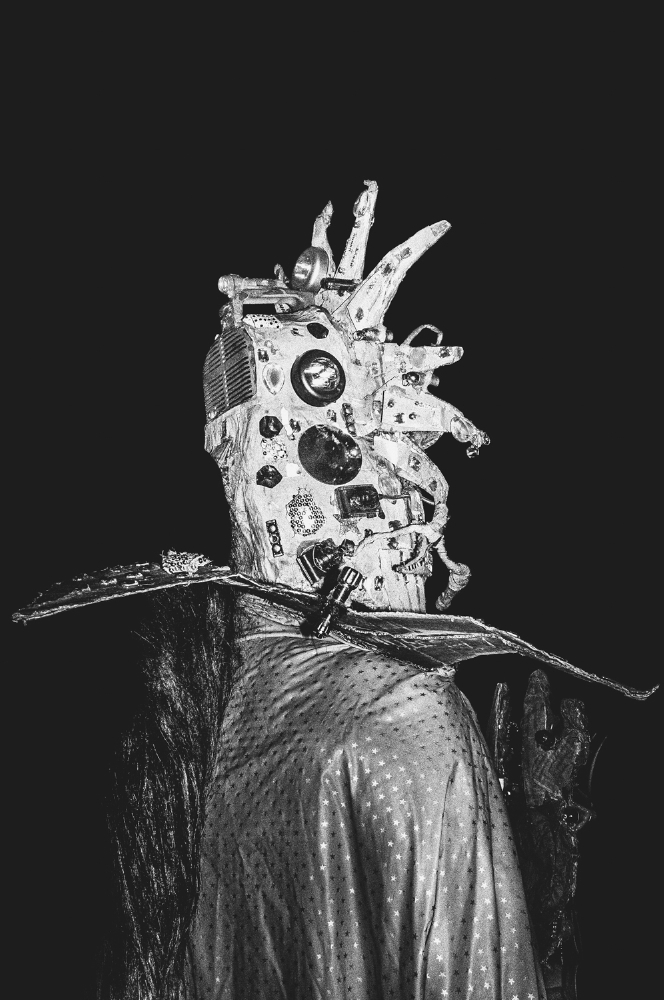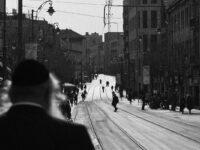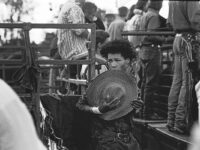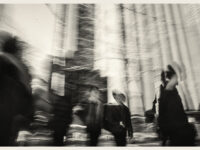Francesco Merlini was born in Aosta in 1986. After a Bachelor’s Degree in Industrial Design at the Politecnico University of Milan, he has devoted himself completely to photography.
After covering Italian news (with publications among the others on L’Espresso, Internazionale, Gioia, Anna, Rolling Stone, D La Repubblica, Le Monde, Tageszeitung), now he work mainly on personal long-term projects, corporate-works and editorials. He’s represented by the international photographic agency Prospekt.
Among many reviews on renowned photography sites, he has been featured on TIME Lightbox among the new most interesting black&white photographers.
1. How and when did you become interested in photography?
As a lot of photographers of my generation, I’ve started taking pictures of friends, road trips, drunken strangers at parties and this kind of stuff; then I’ve started to think about the huge possibility that the camera was giving me of breaking people’s blindness to the reality’s wonder and to the fascination that I was feeling. Later I’ve started being charmed by how photography was enabling me to find something that maybe I had already found but that was hidden inside me. The photographic quest started to assume another meaning, another value giving life to a journey of discovery that sees its arrival into myself. Maybe I’ve chosen to work with photography and not with other creative mediums because when I take a photo I work with reality, and reality cannot be destroyed because it has not been invented.
2. Is there any artist/photographer who inspired your art?
Everyday I see dozens of pictures that leave me something to think about. Sometimes, is the subject, sometimes, is the light, sometimes is the composition or sometimes is only a small detail. I’m inspired more from single pictures rather than from photographers. Anyway if I have to tell some names, I would say dispersedly: Anders Petersen, Jacob Aue Sobol, Diane Arbus, Viviane Sassen, Issei Suda, Mark Cohen.
3. Why do you work in black and white rather than colour?
I think that if you want to faithfully depict reality color is the best choice while monochrome has stronger elements of abstraction and symbolism that permits me to put more of myself in the picture. In a intimate and personal work like mine, the color would become useless decoration.
On the other side most of my works have been long term projects and the use of black and white have enabled me to mix very different pictures taken in very different situation without breaking the aesthetically flow I was aiming at.
4. How much preparation do you put into taking a photograph/series of photographs?
Well, when I take pictures on assignments for magazines or for a client very often I put some preparation but what I love about doing my personal works is that usually I don’t need any kind of preparation. I take my camera and my flash with me and I walk around looking for something that catches my attention. I think that if you want to take good pictures you have just to live. Jurgen Teller says that photography is boring, life is funny. I agree with him.
I think that the most difficult part of the process is the editing, when you have to separate the photos that are only aesthetically pleasant from the pictures that have a sense according to the story of yourself that you want to tell. Every picture has to have something in it, every picture has to evocate or suggest something in order to move the viewer. I believe the invisible. Beauty is not enough.
5. Where is your photography going? What projects would you like to accomplish?
In the last years I’ve focused myself mostly on personal and intimate projects. The subjects of my pictures have always belonged to reality but it was my personal reality. What happened in front of my eyes and my emotional and visual fund moulded together in order to create a personal interpretation and narration of things, places and people. My photography has always been very egoistic. I’ve never been interested in telling anything about the relationship between me and my subjects, their identity or their emotions. In the future I’d like to focus more on realities that don’t belong to my personal life, on stories, trying to respect more the truth of my subjects in the effort of mixing my personal way of looking at them with a more photo-journalistic content. I started doing news-photography for magazines, then I’ve moved to a more personal way of looking at things; now I’m looking for a meeting point between these two different eyes.
Webstie: www.francescomerlini.com

